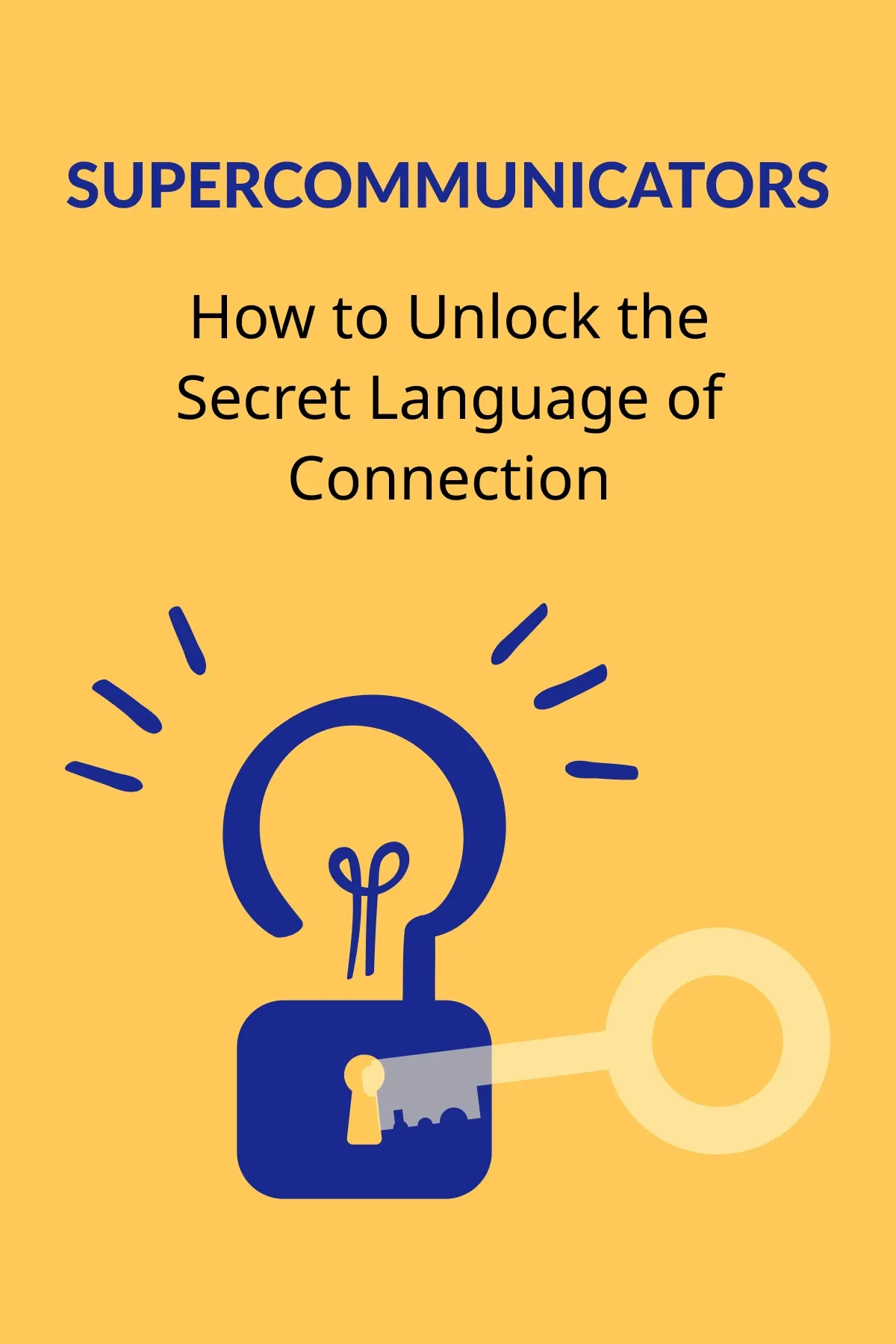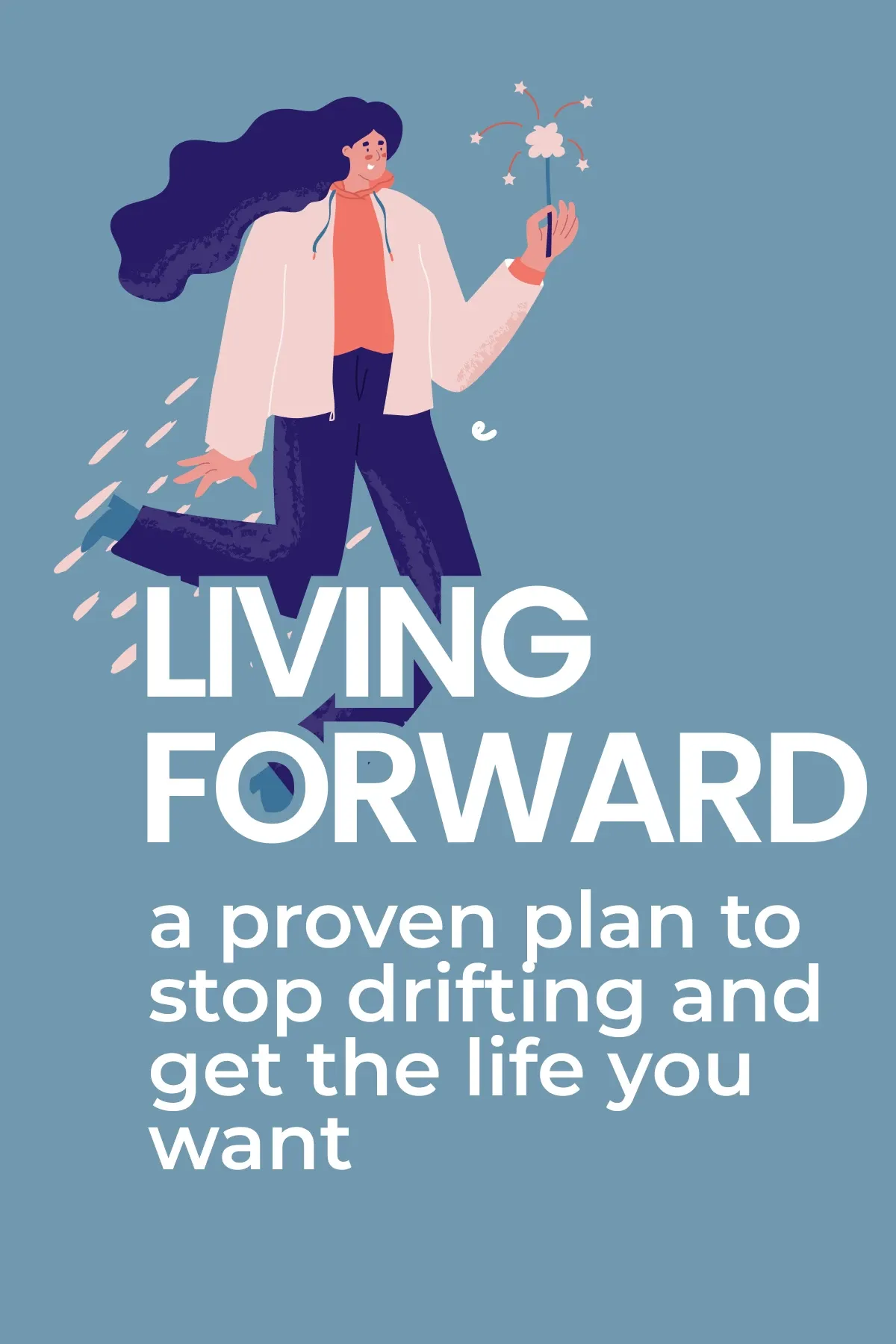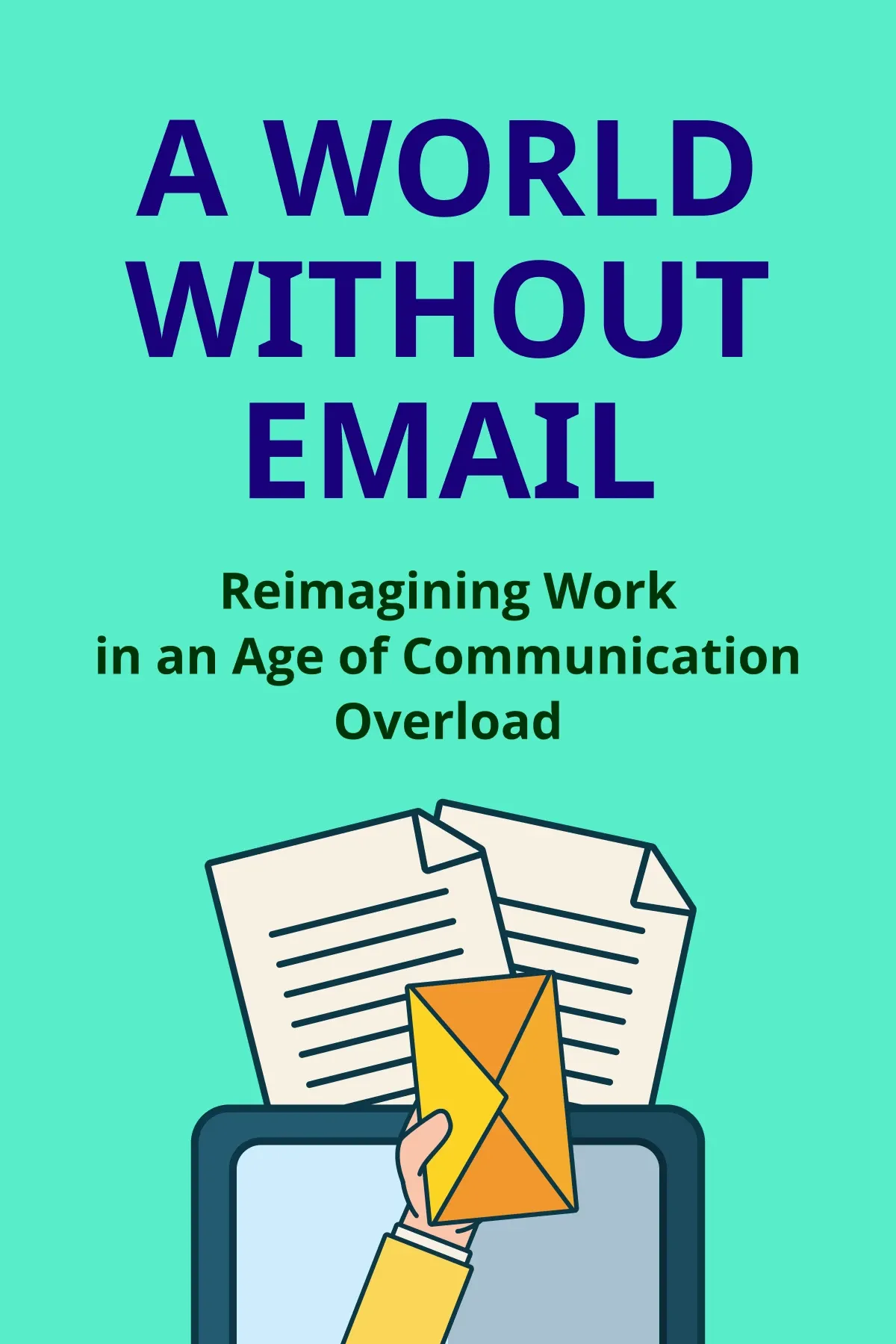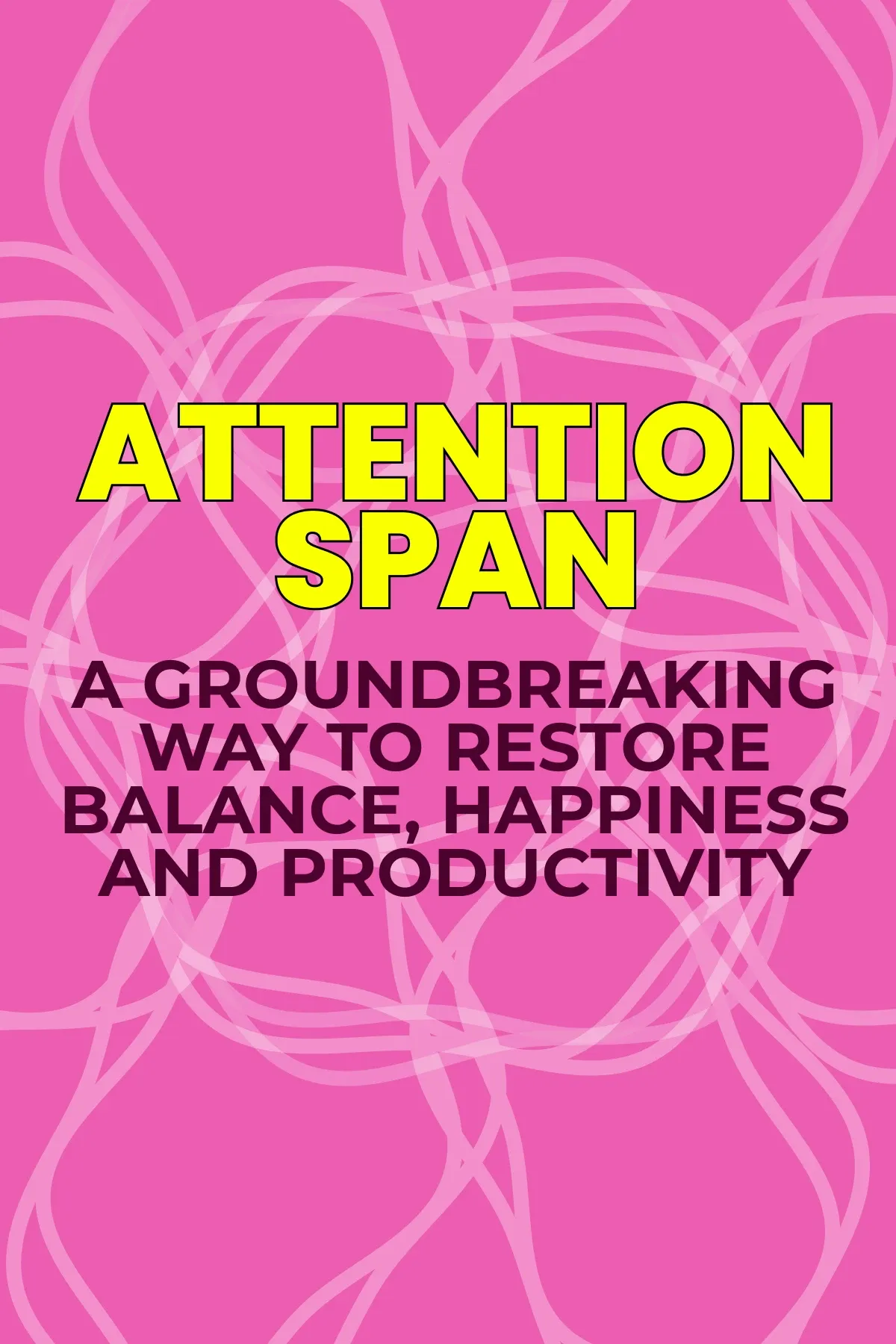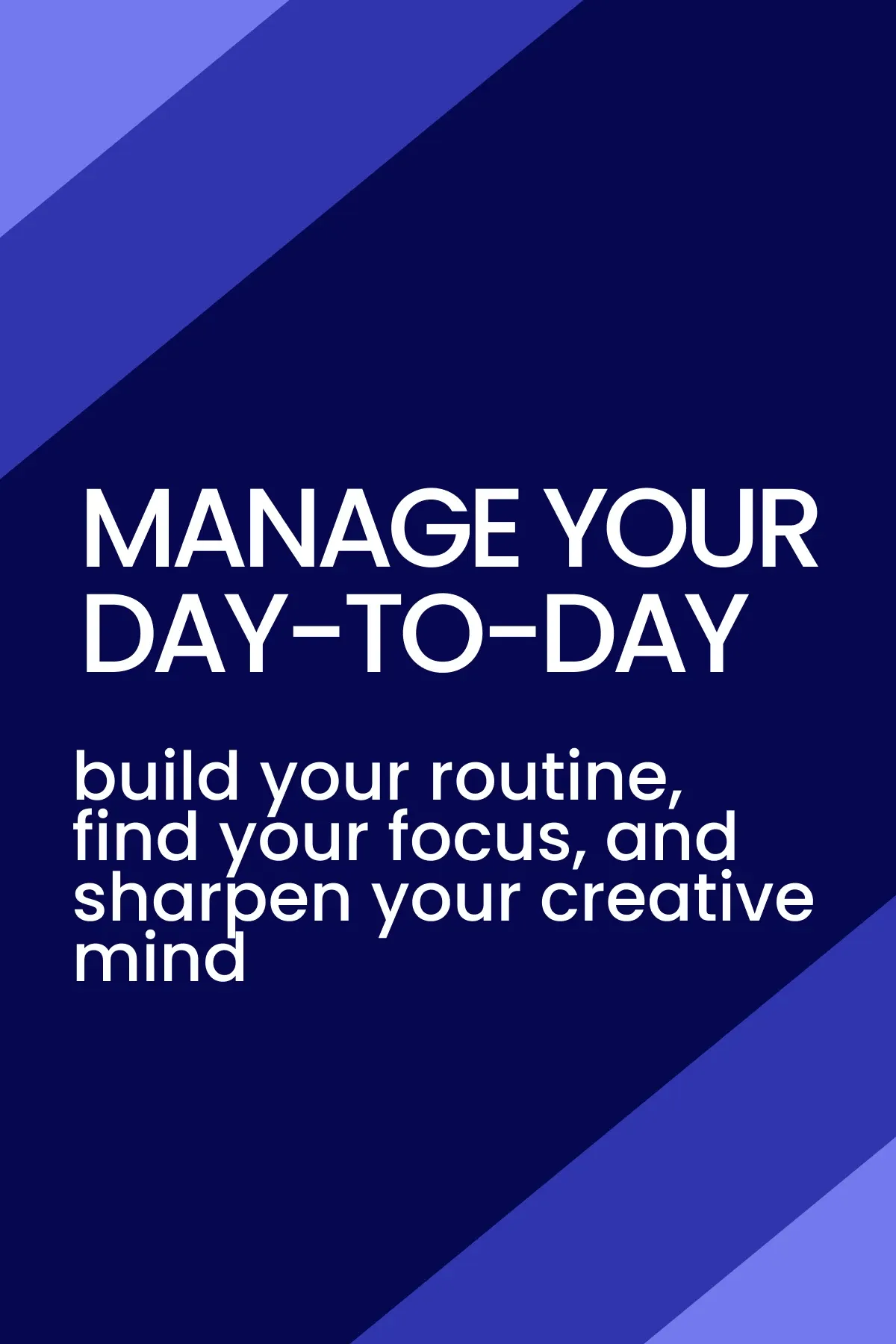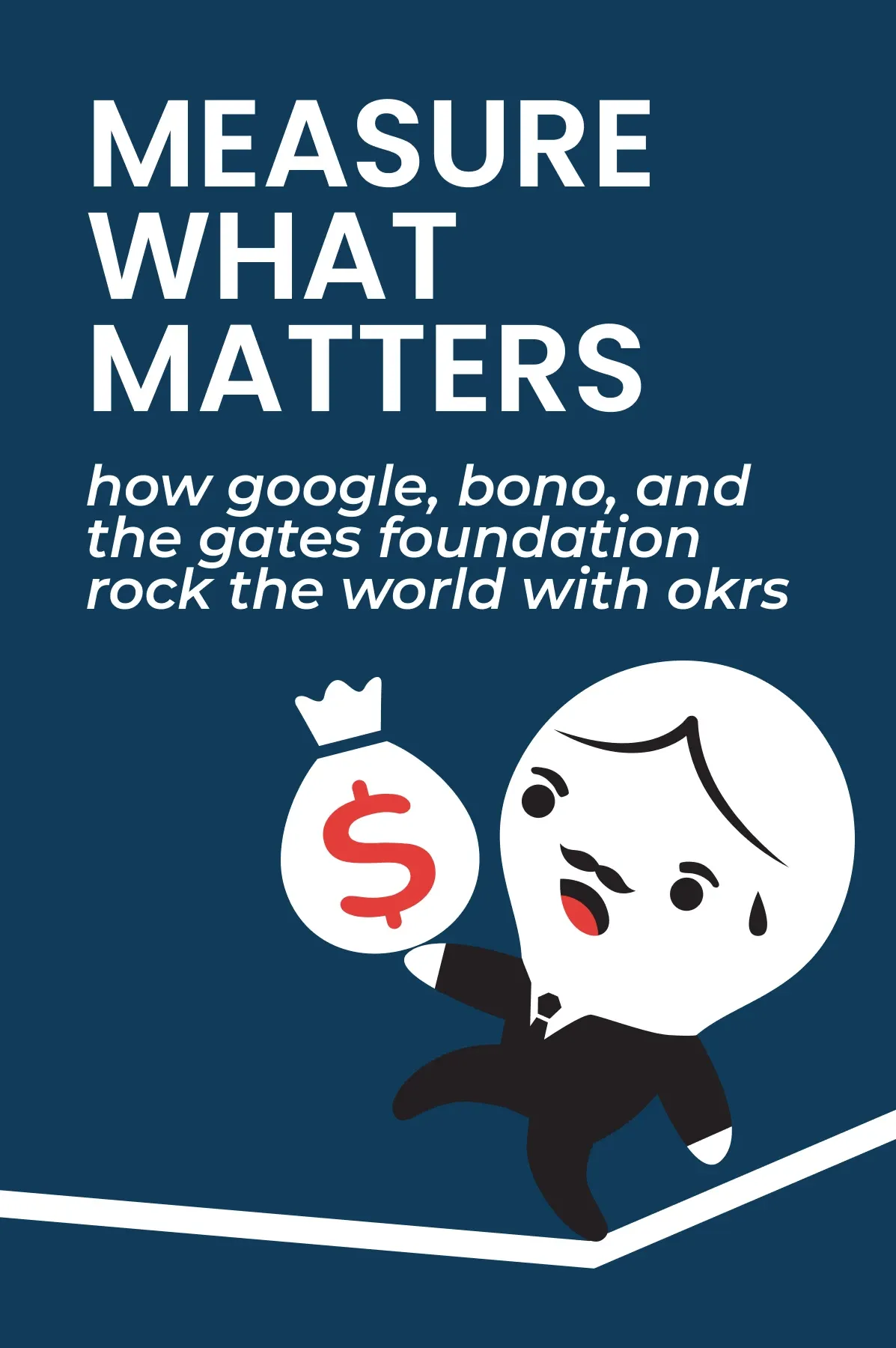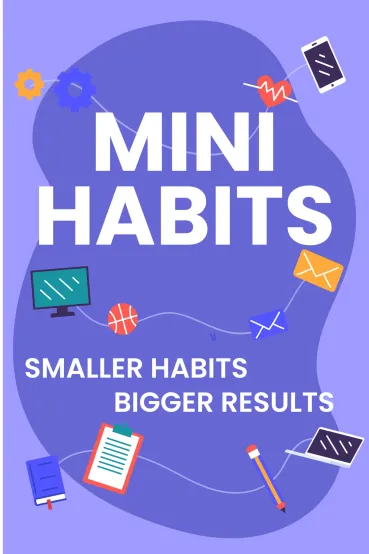
Mini Habits
Brief Summary
“Mini Habits: Smaller Habits, Bigger Results” presents a transformative approach to personal development and achieving goals. Are you dreaming of creating significant, lasting changes in your lives? Then, mini habits must become second nature to you, which is exactly what you will learn to do after reading this summary.
Key points
Key idea 1 of 7
Imagine you're learning to ride a bike. At first, it's hard. You have to think about balancing, pedaling, and steering all at once. But as you practice more, it gets easier. This is because of a special part of your brain called the basal ganglia.
The basal ganglia is like an autopilot. It helps us do things without thinking too much. For example, when you brush your teeth, you don't need to think about each movement. This is because the basal ganglia has turned it into a routine task for you. It loves repeating things. The more you do something, the more this part of your brain remembers it, making it your second nature. But another part of your brain, the prefrontal cortex, is like a wise teacher. It thinks about the future and understands right from wrong. When deciding whether to eat an apple or a candy bar, the prefrontal cortex reminds you the apple is healthier.
Here's the thing: the basal ganglia is strong but doesn't think about the future. The prefrontal cortex is smart but gets tired quickly. Imagine you're at a party with lots of yummy food. Your prefrontal cortex might tell you to eat just a little. But as the night goes on, it gets tired. That's when the basal ganglia take over, and you might eat more cake than you planned. Our brain works this way. It might seem a bit awkward that the smart part gets tired while the repeating part stays strong. But it's clever once you learn how to use it well.
For example, if you want to eat healthier, you can use the basal ganglia's love for routines. Start by choosing healthy snacks. At first, your prefrontal cortex will help you remember to do this. But soon, the basal ganglia will take over, and picking healthy snacks will become as easy as brushing your teeth.
The key is to create good habits. The basal ganglia will keep them going, and the prefrontal cortex doesn't have to work so hard. By understanding these two parts of our brain, we can make better choices and build healthier habits, just like we learned to ride a bike without even thinking about it.
FAQ
You may also like these summaries



